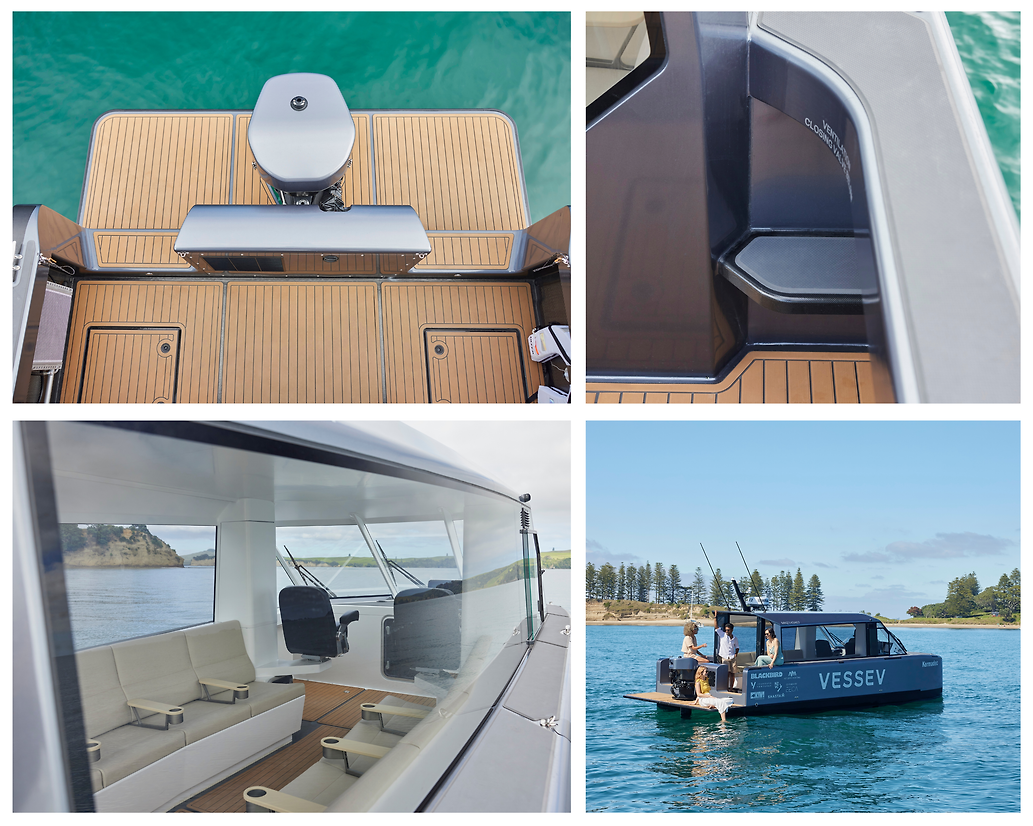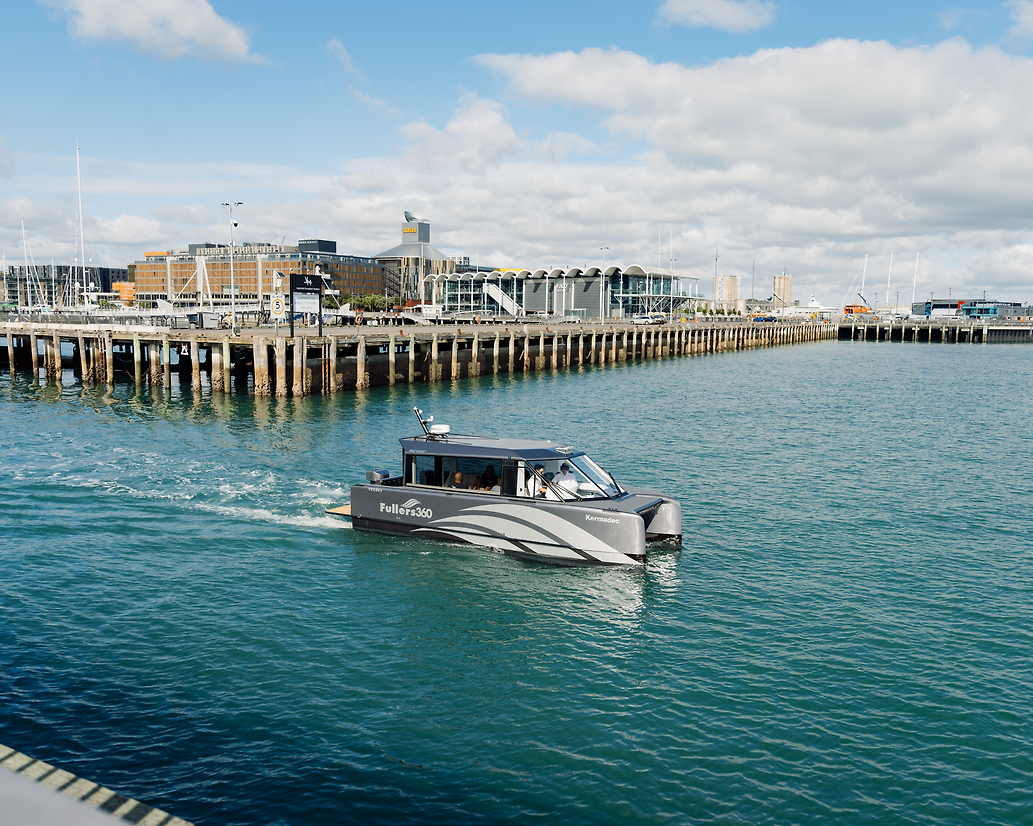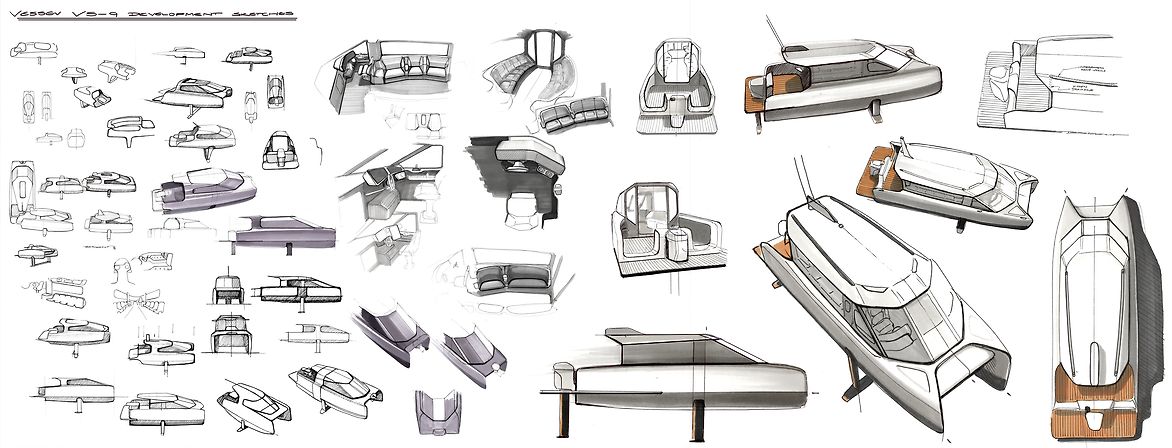Product
Vessev 2 Alain Brideson Design 2 VS–9






Description:
Reimagining Marine Transport for a Better Future
Marine transport has long been essential for moving people and goods, but traditional vessels come with a high cost: they’re polluting, inefficient, and noisy. While electric vehicles have transformed how we move on roads, the marine world has been much slower to change. That’s because boats face unique challenges. Drag, power requirements, and range limitations make clean water transport harder to deliver.
The VS–9 was created to directly address this. As the first vessel from New Zealand company Vessev, it needed to do more than work, it needed to show what was truly possible. The goal was clear: accelerate the shift to zero-emissions marine transport by creating a vessel that’s not just sustainable, but significantly better than what came before. Something that sets a new standard for both marine design and experience.
At the heart of the solution is electric hydrofoiling, a technology that lifts the vessel above the water, dramatically reducing drag and enabling smooth, efficient electric propulsion. This approach not only increases range and performance, but creates a uniquely quiet, comfortable ride. The VS–9 was designed to take full advantage of this, combining technical innovation with beautifully utilitarian design to offer a travel experience that feels as good as it is responsible.
The design philosophy was simple: make every decision count. Inspired by automotive principles, the vessel blends form and function in a way rarely seen on the water. The hull is built entirely from carbon fibre for strength and lightness. A continuous glass canopy wraps the cabin, creating openness and panoramic views. Inside, ergonomic controls and intuitive layouts enhance usability for the operator, while thoughtful passenger seating encourages connection: to each other and the environment around you.
Every element is intentional. From the integrated grip rails and maximised gunwale width for safe access, to the clean trailing edge and sculpted surfaces that reflect its aerodynamic foundations. It’s design that puts purpose first, and creates elegance in doing so.
But the VS–9 isn’t just about form. It’s also a platform for performance. Combining safe lithium (LFP) battery tech, fast charging, actively controlled hydrofoils, and advanced robotic systems, it can handle a wide range of conditions and routes. Certified to DNV-GL standards and approved by Maritime New Zealand, the vessel is already in commercial use.
Today, the VS–9 is operating in Auckland with Fullers360, delivering the world’s first electric hydrofoiling tourism experience. It’s not just transporting passengers, it’s changing their expectations. Quiet, smooth, and uplifting, the experience invites joy, not just transit.
For the marine sector, the VS–9 proves that clean transport doesn’t have to be a compromise. It can be faster, smoother, and smarter – setting a new bar for what’s possible when performance, sustainability, and design come together.
Judge's comments:
VS-9 combines vision, ambition, and execution at a level that is truly world-class. It is more than a resolved design product - it is a bold statement of what New Zealand design can contribute to the future of public transport and experience.
Drawing on our oceanic heritage while reframing it through a lens of luxury, sustainability, and innovation, VS-9 embodies both aspiration and practicality. It celebrates the joy of the journey, offering a compelling glimpse into how design can reshape not just an object, but an entire mode of travel.